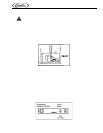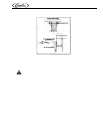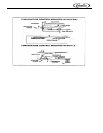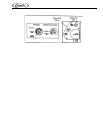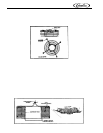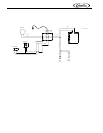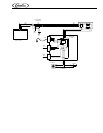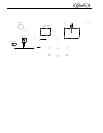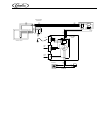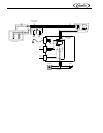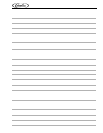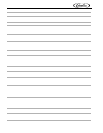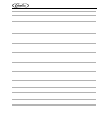
Reach-In Refrigerator Service Manual
Publication Number: 630460272SER - 16 - © 2004, IMI Cornelius Inc.
PROBLEM POSSIBLE CAUSE SOLUTION
THE TEMPERATURE IS NOT
COLD ENOUGH
Thermostat knob is set at a
very warm position.
Set the thermostat knob to a
colder position.
Condenser is dirty. Clean the condenser.
The refrigerator has been
placed at an inadequate
location.
The unit must not be near
stoves, walls that are exposed
to the sun, or places that lack
sufficient air flow.
Compressor is inefficient or
there is a high head pressure
due to air in the system.
If there is air in the system,
purge and recharge.
Iced up evaporator coil. Check temperature control,
refrigerant charge, and defrost
mechanism. Remove all ice
manually and start over.
Restriction in system. Locate exact point of restriction
and correct.
The refrigerator has been used
improperly.
The shelves must never be
covered with any type of plastic
or other material that will block
the circulation of cold air within
the refrigerator.
Too many door openings. Advise user to decrease if
possible.
Excessive heat load placed in
cabinet.
Advise user not to put in
products that are too hot.
The refrigerator has been
overcharged with the
refrigerant gas.
Check to see if condensation or
ice crystals have formed on the
suction line. If so, charge with
the correct amount of gas.
The refrigerant gas is leaking. Find the location where the gas
is leaking in order to seal it or
replace the defective
component. Change the drier.
Perform a good vacuum and
recharge the unit.
The evaporator and/or
condenser fans aren’t working.
Check the electrical
connections and make sure
that the fan blade isn’t stuck.
Replace the fan motor if it
doesn’t work.
Low voltage. Use a voltage regulator if the
voltage is lower than 103 volts.
ELECTRICAL SHOCKS Wires or electrical components
are in direct contact with
metallic parts.
Check for appropriate
insulation on the connections of
each electrical component.



